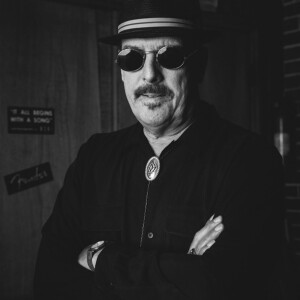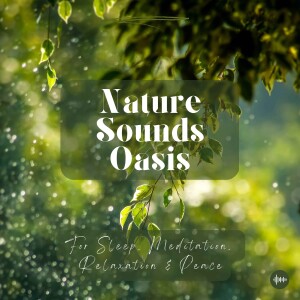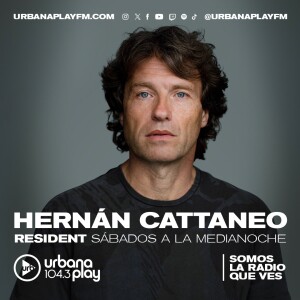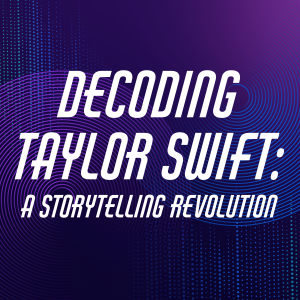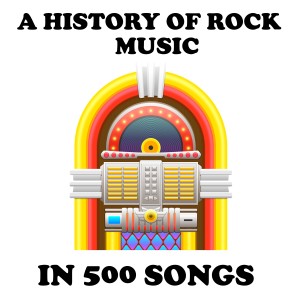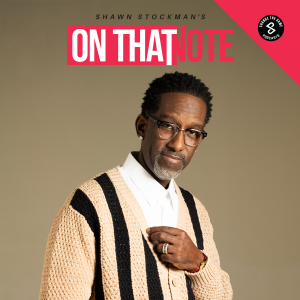

Synthesizer Library Podcast
https://synthlib.com/feeds/podcasts/synthesizer-library-podcast.xmlEpisode List

Episode 018 - Make A Kick

Episode 017 - Prophet 12
Prophet 12 Overview There aren’t a lot of 12-voice polyphonic synths on the market. Given you probably have 10 fingers, there are more than enough voices to go around. This synth features four digital oscillators plus one sub oscillator per voice. That makes 60 oscillators! Two filters (low-pass and high-pass), four envelopes and four LFOs shape the sound while feedback, stereo spread, delay, character, distortion really bring it to life. Here are some highlights from the instrument… The Patches There are 4 banks of 99 factory patches and another set of 4 banks of 99 user-customizable patches. With this many patches, the factory set runs the gamut of all types of sounds. Some are just silly, some are overdone, but many are quite usable and serve as a great reference to programming your own sounds. Quick Tip Many of the factory presets employ the “Stack” feature allowing you to layer 2 sounds together. So, when deconstructing a factory patch, check to see if “Stack” is turned on. If so, turn it off and use the “Edit Layer B” button to toggle between the two layers until your hear the sound you’re interested in. Then proceed to analyze the patch settings. You may find it useful to press the “Show” button near the screen in order to view the patch settings without changing them. FM/AM/Sync and Slop The gang’s all here. Frequency Modulation (FM) and Amplitude Modulation (AM) both add enharmonic content in the form of sidebands. The Prophet 12 has both available at the same time, and FM has two different modes available: linear and exponential. Choose “linear” for the classic FM sound. Get crazy and choose “exponential” when you’re ready to venture out. We’ve covered Oscillator Sync in an earlier episode. On the Prophet 12, you can sync an oscillator to its neighbor. This can create interesting textures when the synced oscillator is tuned higher than the one it is synced to. Automate tuning changes with an LFO or envelope to create vowel-like sounds. Slop is unique to DSI. It basically takes the rock-solid digital oscillators and simulates tuning instability. This makes for less-pristine, natural sounds. Shape Mod One of my favorite parts of the Prophet 12 is the shape mod. It boils down to being able to continuously alter the wave shape of the oscillators by morphing the shapes. Think of it like PWM (pulse width modulation) but for all the wave shapes including those non-traditional waves like “Tines” or “Mellow”. Spend some time morphing shapes to come up with unique textures. But that’s not all On-board arpeggiator, touch sliders, polyphonic aftertouch, unison mode, almost 100 modulation destinations, and on and on make this one of the most feature-complete synths available. Bottom Line This is a winner. One of those “if I only had one synth” candidates. Oh, and Taylor Swift plays one, so it must be great!

Episode 016 - Bass Station
Bass Station Overview The Novation Bass Station is a monophonic analog synthesizer with some nice bells and whistles. Don’t let the name limit your opinion on this machine. It works well as a mono lead synth, and it also can operate as part of a polyphonic setup by chaining multiple Bass Stations together. Sound Architecture The Bass Station features 2 oscillators (saw or pulse), a resonant low-pass filter (12 or 24db/octave), 2 ADSR envelopes and an LFO (random, triangle, saw). It can even mix in an external audio source. It can be setup to emulate the famous Roland TB-303 by selecting a single oscillator and using the 12db/octave setting in the filter.

Episode 015 - FM
Frequency Modulation Defined FM synthesis is the process of changing the frequency of one oscillator based on some other oscillator. Doing so creates “sidebands” which are extra frequencies above and below the original oscillator’s frequency. At a relatively slow rate, this produces a vibrato effect when the modulation is performed by a sine or triangle wave. When the modulating oscillator is a square wave, the effect is a trill (rapid alternation between two notes). Speeding up the modulation i...

Episode 014 - MIDI
Overview MIDI (musical instrument digital interface) was developed to provide standardized communication between synthesizers. Today, it is much more than that and is found in computer, video games, effects processors and more. We’re primarily focusing on how to use it in music production—specifically with synths. History During the late 1970s and early 1980s as synthesizers became more powerful and polyphonic, controlling synths became more and more of a struggle. Traditional methods of using c...
You may also like
Create Your Podcast In Minutes
- Full-featured podcast site
- Unlimited storage and bandwidth
- Comprehensive podcast stats
- Distribute to Apple Podcasts, Spotify, and more
- Make money with your podcast
